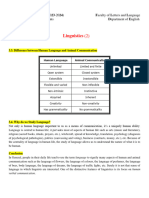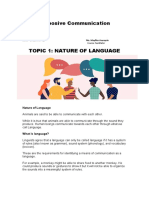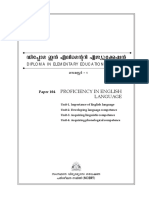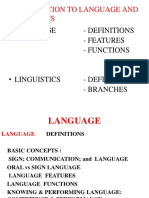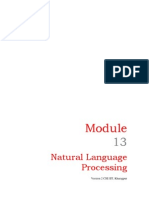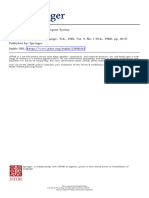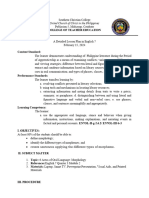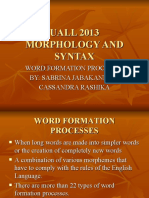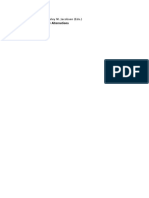0% found this document useful (0 votes)
7 views2 pagesPurcom
The document discusses the significance and functions of language, outlining various roles such as instrumental, personal, regulatory, interactional, imaginative, representational, and heuristic functions. It also describes the components of language, including phonology, morphology, syntax, semantics, and pragmatics, using relatable examples for each. Additionally, it touches on the relationship between language and culture.
Uploaded by
ariadnnebadeo02Copyright
© © All Rights Reserved
We take content rights seriously. If you suspect this is your content, claim it here.
Available Formats
Download as DOCX, PDF, TXT or read online on Scribd
0% found this document useful (0 votes)
7 views2 pagesPurcom
The document discusses the significance and functions of language, outlining various roles such as instrumental, personal, regulatory, interactional, imaginative, representational, and heuristic functions. It also describes the components of language, including phonology, morphology, syntax, semantics, and pragmatics, using relatable examples for each. Additionally, it touches on the relationship between language and culture.
Uploaded by
ariadnnebadeo02Copyright
© © All Rights Reserved
We take content rights seriously. If you suspect this is your content, claim it here.
Available Formats
Download as DOCX, PDF, TXT or read online on Scribd
/ 2











































